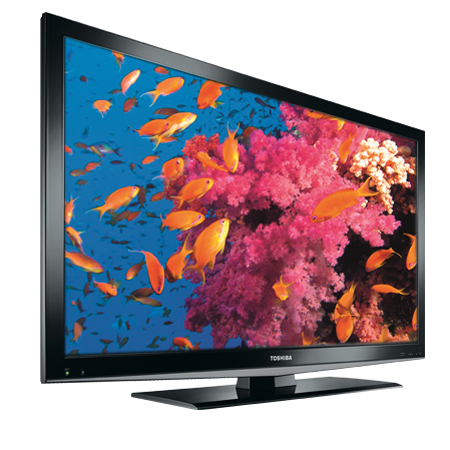Technology is always evolving, and high definition TV is no exception. You probably thought a 1080p HD TV was the most advanced high definition TV on the market. But there is a new digital video format that is poised to replace the current HD technology, and it is called ultra-high definition, or ultra HD.
Originally known as 4k, ultra HD has 4,320 lines of resolution, whereas the current 1080p HD has 1,080. It is four times the size of the current HDTV sets and offers 33 million pixels. Ultra HD was developed by NHK Science and Technical Research Laboratories, a Japanese public broadcasting company and research group. Their intent was to create a resolution that put the viewer into the scene they were watching, which is why ultra HD offers a 100 degree field of view instead of the 30 degrees provided by current HD sets. The field of view is so encompassing that many people observing demonstrations have complained of vertigo.
Ultra HD also has new sound technology with a 22.2 channel sound system. It has three layers of speakers aligned vertically that provide 24 different channels of audio. The current surround sound systems offer five to six channels.
Are We Ready for This?

But it’s not very practical. Current technology isn’t equipped to accommodate the massive amounts of information these TVs require. For example, ultra HD requires an extremely fast internet connection to stream video, which is not readily available in North America and probably won’t be for some time.
Ultra HD also requires a considerable amount of memory. An 18 minute ultra HD video and audio clip would require 3.5 terabytes of memory. That much memory would require a hard disc that weighs about 600 pounds.
Ultra HD requires massive amounts of electricity as well, which can wreak havoc on your electric bill. In fact, these large screens can use more electricity than a typical house would in one month.
Although movies are currently being produced in this resolution, there is very little content available that utilizes this technology to its full potential. But the Ultra HD TV does have the ability to improve the quality of lower resolution media.
Cost is another problem. Several companies such as Sony, Toshiba and LG have introduced an ultra HD TV, but it’s extremely expensive. The 84 inch set by Sony currently runs about $25,000. The LG model runs about $20,000.
You won’t be able to buy this technology any time soon, however. It is still in the developmental stages and won’t be available to the public for about five to 10 years. NHK hopes to have ultra HD available to the consumer by 2025.


